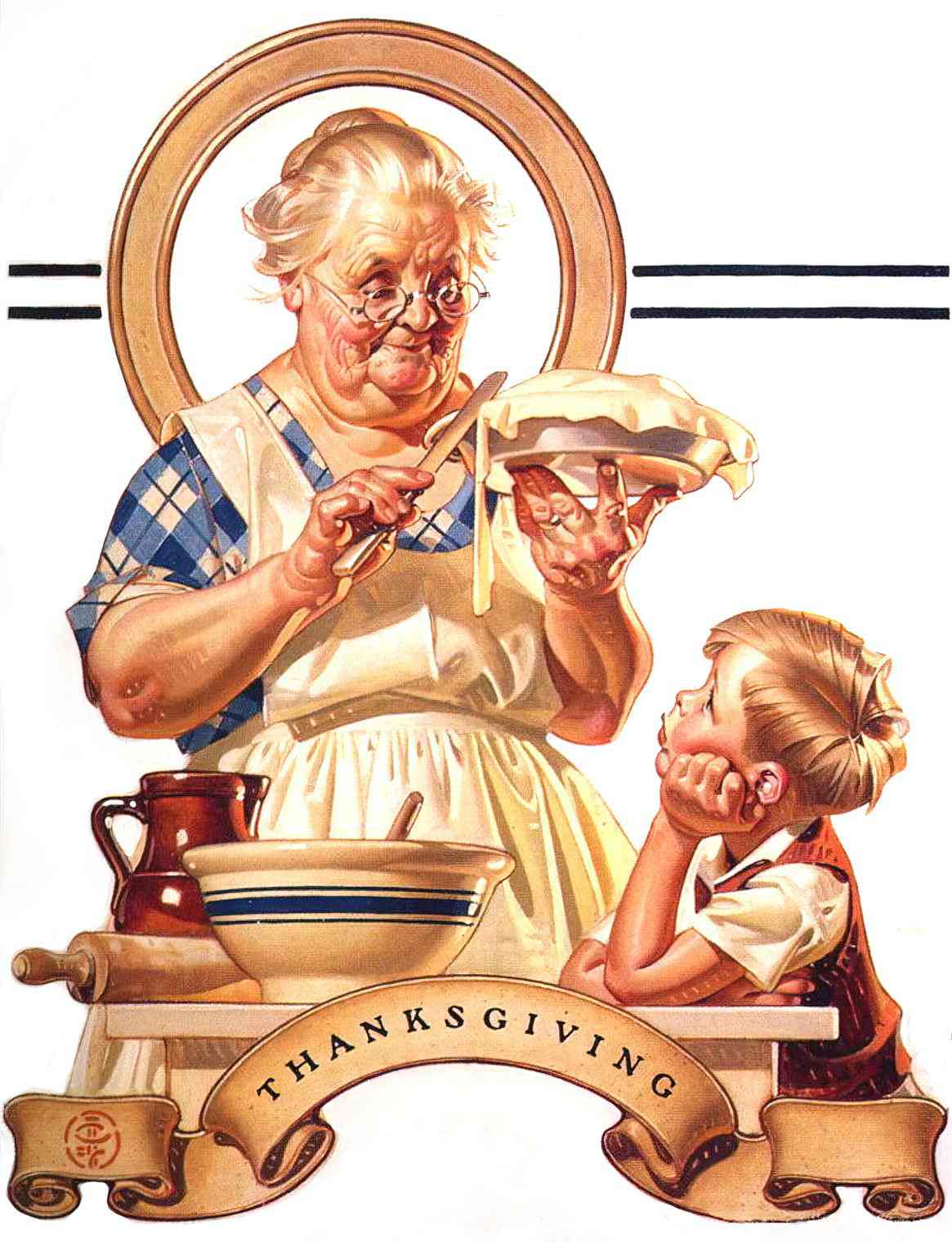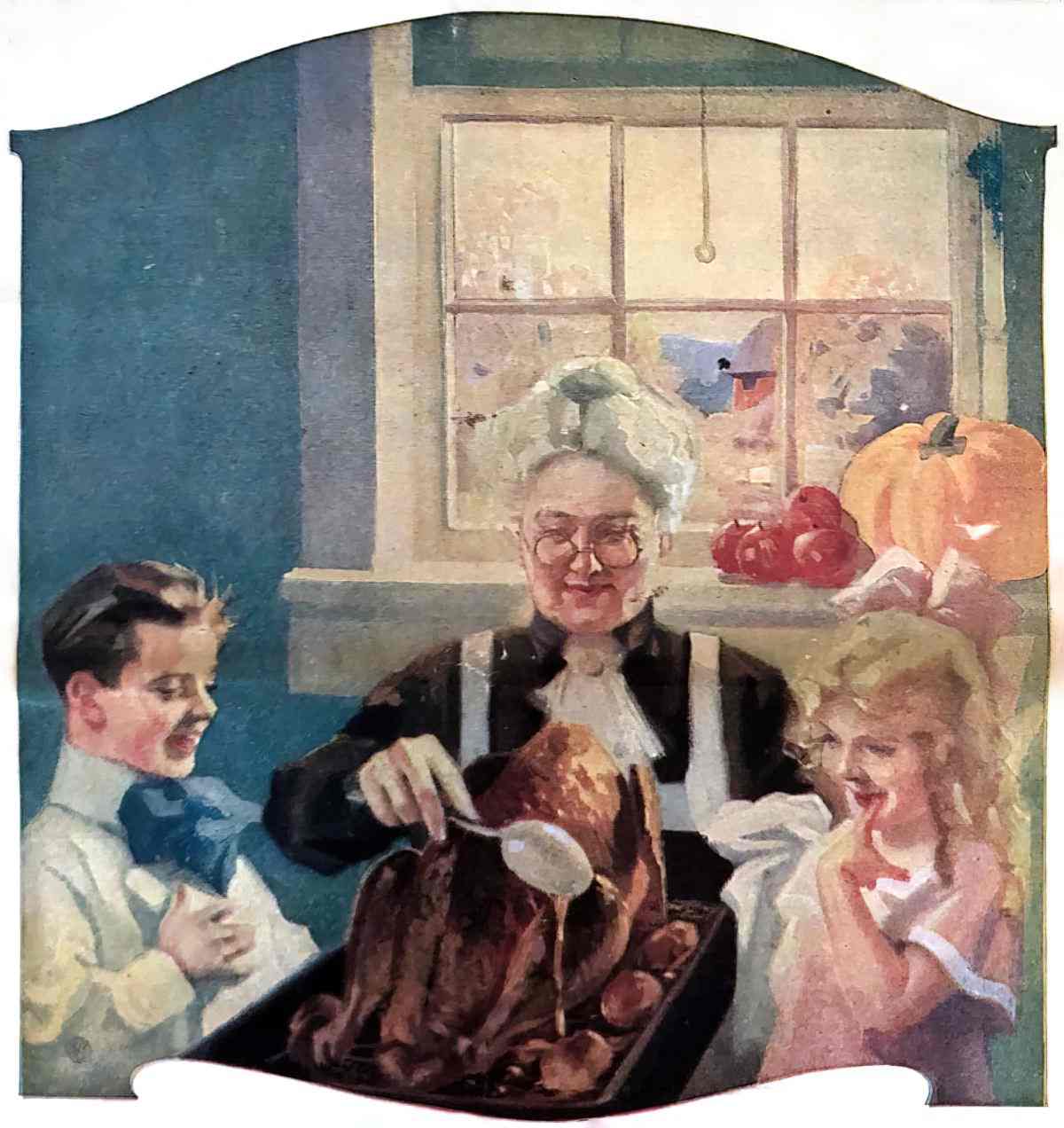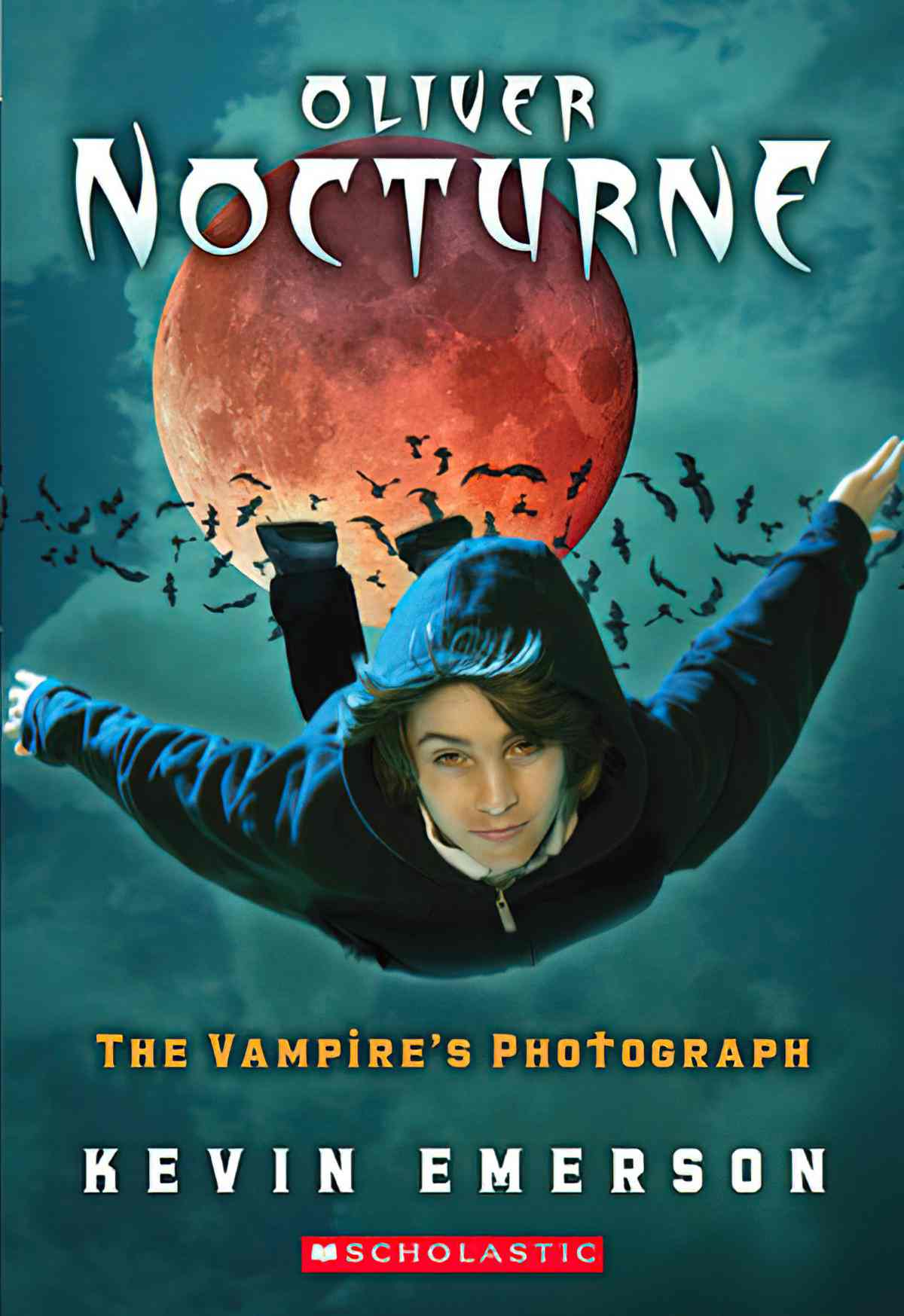Let’s take a look at a vampire story by American writer Ray Bradbury. “The Man Upstairs” was first published in the March 1947 issue of Harper’s Magazine. You’ll also find it in Stories Volume One and Bradbury’s 1955 collection called The October Country. (The best bang for your buck: collected stories.)
“THE MAN UPSTAIRS” DISCUSSION QUESTIONS
- Why do you think Douglas might be under the care of his grandmother? How are they getting along?
- Using details from the story, describe the house.
- The story is set in the 1920s. How is this 1920s setting different from the 2020s? And why do you think Ray Bradbury chose a Depression Era setting rather than Post WW2 setting (which is when this story was published)?
- How do you feel about Douglas? Do you identify with him in any ways? Dis-identify? Does he remind you of yourself at any age?
- Ray Bradbury never uses the word ‘vampire’. Instead we are given clues, based on widely known vampire lore. What are those clues, and which stories do they come from? (See: A Glossary of Vampire Words.)
- What is the significance of the straw hat?
- Douglas is eleven. Would you feel differently about Douglas’s morality if he were younger, say six? or older, say eighteen?
- How does Ray Bradbury manipulate reader empathy over the course of the story? At what points do we empathise with the vampire (if at all)? with Douglas (if at all)?
- Just because Douglas can see the vampire, does not mean he understands any of it. This story is set in an earlier time, but can you think of any aspects of contemporary life where this theme applies? How might it have applied for Bradbury’s contemporaneous audience, who had just emerged from WW2?
- Can you think of other stories in which adults (or non-main characters) are oblivious to all the supernatural happenings going on around them?
SETTING OF “THE MAN UPSTAIRS”
PERIOD
Mid 1920s, during the Great Depression.
The story was written in the 1940s, just after the second World War. It makes sense that this story came about in the post-War era. The Holocaust had just happened. The most dangerous position to be in: To look regular on the outside, but to have powerful, bigoted and politically motivated groups of people consider you different on the inside.
“It’s poor judgement,” said Grandpa, “to call anything by a name. We don’t know what a hobgoblin or a vampire or a troll is. Could be lots of things. You can’t heave them into categories with labels and say they’ll act one way or another. That’d be silly. They’re people. People who do things. Yes, that’s the way to put it; people who do things.
“The Man Upstairs”
I would suggest Grandpa is a Christian man, familiar with ideas from the New Testament:
There is neither Jew nor Greek, there is neither slave nor free, there is neither male nor female; for you are all one in Christ Jesus.
Galatians 3:28
Supernatural stories often work well when the audience feels the story comes before their own time, but only just. Bram Stoker bucked this trend. He set Dracula in modern times (the late 1800s), designed to persuade audiences that vampires could be living among them.
Also, it was common during this era to take in boarders because money became very tight for anyone without a steady paid job.
DURATION
The second week or so of the summer holidays
LOCATION
Somewhere in suburban or rural America
ARENA
Centring on a Dream House with an upstairs and downstairs.
MANMADE SPACES
The house. A front door with glass panels, big enough to require a doorbell
WEATHER
This might rely on pathetic fallacy, e.g. the character is sad so it is raining. Or sunny weather might make a sad character feel even worse.
TECHNOLOGY CRUCIAL TO THIS PARTICULAR STORY
The stained glass window which breaks. Douglas picks up shards, which are magical. They let him see the insides of a vampire.
LEVEL OF CONFLICT
A person made of different parts, driven by different things, enters a normal, suburban setting.
In more mundane matters, a grandmother is taking care of her eleven-year-old grandson all summer long, as well as getting on with her own full-time job of running a household with a lodger. The eleven-year-old, like all kids, doesn’t take any of this into account when demanding attention.
THE EMOTIONAL LANDSCAPE
No one in the suburb will think too hard about the morality of doing away with a monster. Fear will overrule. This story asks us to consider: What does it mean to be human? Common wisdom tells us “we’re all the same inside”. But what if we meet someone who is not the same inside?
STORY STRUCTURE OF “THE MAN UPSTAIRS”
SHORTCOMING
When I first read this story I missed the detail in the second paragraph which tells us the age of Douglas. Ray Bradbury tells us he is eleven years old, yet Douglas feels much younger to me, more like a six-year-old, proud of the money his money box, playing outside in a sand box, not understanding it’s rude (in this era) to mention the pregnant belly of a woman down the road, spending the summer without a gang of his own friends, failing to understand social conventions to the point where the grandmother threatens to sew up his mouth like she sewed up the chicken.


There is an inherent disgustingness to cooking, as shown in this video:
It’s possible Ray Bradbury was never the main carer for a child and has accidentally created an unrealistically young eleven-year-old, even given the era, and a childhood spent in more naïve times. In any case, after realising the boy is older, I have less sympathy for him. This pre-adolescent boy is low in affective empathy. Then again, perhaps Ray Bradbury very deliberately created an eleven-year-old with empathy and maturity issues. We see his deficiencies from the beginning, and they come to the fore at the end. A typical eleven-year-old would never do such a thing.
The adults of the story can’t see what Douglas can see. Only Douglas understands there’s a monster in their midst. This trope is widely utilised in storytelling. TV Tropes calls the ability to see what’s underneath True Sight. Importantly, True Sight is a visual superpower but is not a hermeneutical (interpretive) superpower:
While True Sight always involves true perception, it doesn’t always give the user the ability to properly interpret what they see. Thus, they may see the truth and still come to an incorrect conclusion, and there may be reliable ways of fooling them.
True Sight, TV Tropes
The TV show Resident Alien features another boy — younger than eleven — who sees the alien among them even though no one else can.
DESIRE
Douglas is driven by curiosity untempered by humanity. Oftentimes in story, unbridled curiosity ‘kills the cat’ (or the main character). In this case, too, unbridled curiosity is deadly. The subversion? The curiosity of one character kills someone else.
“Grandma, why does he eat with wooden spoons?
“Yours not to question! When do you go back to school, anyway?”
“The Man Upstairs”
After Douglas gets unfairly blamed and strapped for breaking the stained glass window, he seeks revenge upon Mr Koberman, sure that Mr Koberman was the one who broke it.
But Douglas was already cranky at Mr Koberman because he preferred the young woman who occupied that room beforehand. He gets a creepy vibe from him, knowing he’s different. When he chats to his grandfather about whether everyone has organs, the grandfather doesn’t have the reason for Douglas’ asking, and replies, unwittingly, that if someone didn’t have a heart, he wouldn’t be quite human. This is the event which gives Douglas permission to not treat Mr Koberman as human. (Douglas relies upon ‘authority bias‘; what grandpa says goes.)
OPPONENT
For most of the story the reader expects Mr Koberman to become the opponent, though this will flip at the end. Mr Koberman is the object of Douglas’s fascination, and provides plenty of summertime entertainment. He is no opponent at all.
MR KOBERMAN
Bradbury makes use of the Byronic vampire archetype, which has caught on (and continues to dominate in popular culture):
‘Cold gray eyes in a long, smooth, walnut-colored face’, ‘tall and thin, and carried a suitcase, a briefcase, an umbrella under one bent arm, gloves rich and thick and gray on his thin fingers’ and a ‘horribly new straw hat’.
‘The straw hat lay brittle and terrible upon the bed, the umbrella leaned stiff against one wall like a dead hat with dark wings folded.’ On second reading, the ‘brittle’ straw hat is heartbreaking. When Mr Koberman lies on his bed, he is completely at the mercy of a merciless eleven-year-old. Although his umbrella may seem ominously reminiscent of a scary bat, the man is as brittle as his flimsy hat. Hats are highly symbolic, in story as in real life. For instance, a bowler hat is a symbol of patriarchal power. In contrast, Mr Koberman’s cheap, flimsy straw hat shows he has no real power in the realm of humans.
He uses only pennies, ‘no silver at all’. He doesn’t use silver cutlery, but brings his own wooden set. He sleeps during the day (no lunch, only breakfast and dinner).
PLAN
Like Douglas, I spent childhood without the Internet, without paid TV. Summer holidays felt interminable. This wasn’t a bad thing. I don’t have an issue with screens, but I do wonder if holidays seem shorter to Gen Z and beyond.
Unusually, there’s no mention of friends. I’m not surprised a kid like Douglas doesn’t have friends (he’s annoying, to say the least!), it may simply be that by staying with his grandparents he’s been removed from them for summer. However, it is revealed that he has been living with his grandparents since the previous year, which gave him half a year to make some.
In any case, Douglas must amuse himself. He amuses himself by poking his nose into other people’s business. He’s all up in his grandmother’s business, but she has no time for him. So he latches onto the newest boarder.
Meanwhile, talk at the table turns to the nearby murders of young women, all found with strange tattoos on them. Ray Bradbury relies on Gestalt theory: Our brains rearrange things so that they make sense. Like Douglas, readers are supposed to fill in the blanks, concluding that the new boarder is a vampire and he kills young women at night.
THE BIG STRUGGLE
Bradbury wrote speculative fiction but shied away from gore. The opening scene with grandmother stuffing a chicken for dinner is somehow more disgusting than the gradual revelation that Douglas has cut into the vampire and pulled out his entrails.
First, Bradbury doesn’t show us that scene. We only see the aftermath. There’s no awful description of a young boy cutting into a sleeping man. (If Bradbury had chosen to include this scene, would we have even believed it?)
Second, the description of the vampire’s entrails remind me of children’s party food, with the bright colour and gelatinous texture.
It was square, like a box, and elastic. It was bright orange in color. It had four square tubes, colored blue, attached to it. It smelled funny.
[…]
He laid down a bright pink linked chain with a purple triangle at one end.
[…]
The coroner looked at the triangles and chains and pyramids floating in the pans of water.
“The Man Upstairs”
THE OBLIVIOUS TROPE IN SUPERNATURAL STORIES
People say you have to travel to see the world. Sometimes I think that if you just stay in one place and keep your eyes open, you’re going to see just about all that you can handle.
Paul Auster
Some stories require obliviousness on the part of non-main characters before the plot can work. In “The Man Upstairs,” Douglas’s grandmother is busy preparing dinner for all the boarders and cannot see what her grandson is up to with the knife.
Let’s look at another vampire story with requires obliviousness: Buffy the Vampire Slayer.
The necessity of a certain detachment of the population of Sunnydale High is framed on a metaphorical level for the show; if everyone noticed every strange occurrence in the school, the show would be stymied. In every episode, vampires, demons, ghosts, monsters, and nightmares brought to life lurk in the halls unnoticed by students and staff alike. The death of students and faculty happen regularly — headless teachers fall out of cafeteria refrigerators (“Teachers Pet”), hearts are town out of band members (“The Puppet Show”) — but suspension of disbelief is somewhat necessary to explain the fact that every member of the school does not apply for a transfer.
This constant barrage of horror acts in a didactive capacity as well. Besides driving the plot, this setting reinforces the idea that schools are teeming with activity that the faculty does not know about. As I noticed in my seven years of secondary teaching experience, typical high school staff members speak of drugs, bullying, violence, and sex in the hypothetical until they are too obvious to ignore — a student is arrested for carrying a knife on campus, a teacher happens upon students smoking pot in the band pit. But until that happens, we either pretend that none of this goes on in our school, or tell ourselves that our jobs begin and end at the classroom door. The faculty members of the first season of Buffy, both teachers and administrators, are in fact oblivious, but their motivations and relationships with the students are more complex than sheer ignorance and can be deconstructed in a multitude of ways.
Vampire? What Vampire? An Ideological Perspective of Faculty Activity and Inactivity in Season One of Buffy the Vampire Slayer by Jennifer Job in National Teacher Education Journal Winter 2012

The same obliviousness is required in other supernatural stories, e.g. the middle grade novel Oliver Nocturne: The Vampire’s Photograph by Kevin Emerson.
It was in ways like this that the vampires had built a society right under the humans’ noses. Sebastian said it hadn’t been that hard, because humans were very good at not noticing things that were right in front of them. He also said that the biggest reason why humans didn’t know about the vampires was that they didn’t really want to know.
Oliver Nocturne: The Vampire’s Photograph by Kevin Emerson

A compelling new take on contemporary fantasy & vampire stories with a new kind of hero, torn between dark and light, on a quest to discover the truth about his origins and his significance.
Oliver Nocturne has a fairly typical childhood – for a vampire. But Oliver is different from those around him – his gore-loving vampire schoolmates, his loving vampire parents, and his obnoxious older brother, Bane. That’s because, unbeknownst to Oliver, he’s a little more human than the rest of them. When Emalie, an artistic and defiant human girl with a troubled past, unknowingly takes a picture of him, its sets them both off on a quest to uncover his true origins and the special purpose the vampire world has in store for him.
ANAGNORISIS
The audience learns Douglas has killed the vampire by cutting into him and pulling out his insides.
NEW SITUATION
The narration jumps forward many years at the end, which is the benefit of setting a story in the past:
Douglas remembered the next few hours all the rest of his life.
“The Man Upstairs”
The entire incident is kept hush hush by authorities in the know. It’s easier to look the other way, pretend it never happened than to interrogate oneself morally.
EXTRAPOLATED ENDING
Stories regularly teach us that to know is to understand is to accept and to love. (This drives the push for more diversity in storytelling.) However, just because we can see something does not mean we understand it. Douglas can see the vampire, yet he develops no empathy for him. In fact the opposite is true: To see without acceptance is to kill.
Think of the modern Autism Awareness movement. Each year, one month is dedicated to ‘Autism Awareness’. However, many Autistic people can’t stand this month. Others put up with it but refuse to call it ‘awareness’, instead switching ‘awareness’ for ‘acceptance’. The dominant culture is now very aware of Autism, but has not yet learned to accept it. This is a very dangerous place for Autistic people to be. When I was a kid, no one really knew about Autism, and if we did, the label was reserved for people with highly visible disabilities. Now every kid knows the word Autism and in high schools all over the English speaking sphere, ‘autistic’ is used as a general put-down. Mr Koberman’s difference could be read as an allegory for Autism. Perhaps he uses wooden spoons for sensory reasons. Perhaps he sleeps during the day because sunlight bothers him and he can only work in silence. Perhaps he keeps his room orderly and spare because a busy environment overwhelms his senses.
The same applies to all queer labels. In the 1990s when I was in high school, ‘gay’ was the catch all insult. Increasing (though not full) gay acceptance means bigotry is extended to the transgender kids now. In the 1990s, no one spoke of trans identities at all. Trans people were almost completely invisible, or so very othered, they may as well have been a Bradbury vampire.
Moving away from identity, the shards of coloured glass rescued by Douglas might also function as a broad analogue for the Internet. Just because kids see something on the Internet, and know people do it, doesn’t mean they have the foggiest idea what it means, when it’s okay and how typically it’s done. I’m talking especially about sex images, of course. Douglas happens to be eleven. Coincidentally, eleven-years-old is the average age contemporary children experience initial exposure to online sex images.
RESONANCE
Of course, Ray Bradbury could never have predicted this Internet-coloured-glass metaphor. Sometimes a story has accidental resonance far into the future. The secret when writing is to pick a theme which holds true across generations.
The Internet has afforded all of us far more opportunity to see things we can’t deal with. Even for adults, the sheer amount of news coming our way is enough to cause overwhelm, rather than any one thing.
It will always be the case that to see someone’s difference without understanding is dangerous for the object of the gaze.
SEE ALSO
“The Lodger” by Marie Belloc Lowndes
The Lodger is a novel by English author Marie Adelaide Belloc Lowndes. The short story was first published in the January, 1911 edition of McClure’s Magazine, in 1911. Belloc Lowndes wrote a longer version of the story, which was published as a series in the Daily Telegraph in 1913 with the same name. Later that year, the novel was published in its entirety by Methuen Publishing.
The story is based on the Whitechapel murders of 1888, committed by Jack the Ripper. While some of the traits of the novel’s killer have been attributed to Forbes Winslow‘s findings about the original murderer, Lowndes was also influenced by the Lambeth Poisoner‘s physical appearance.
Wikipedia
